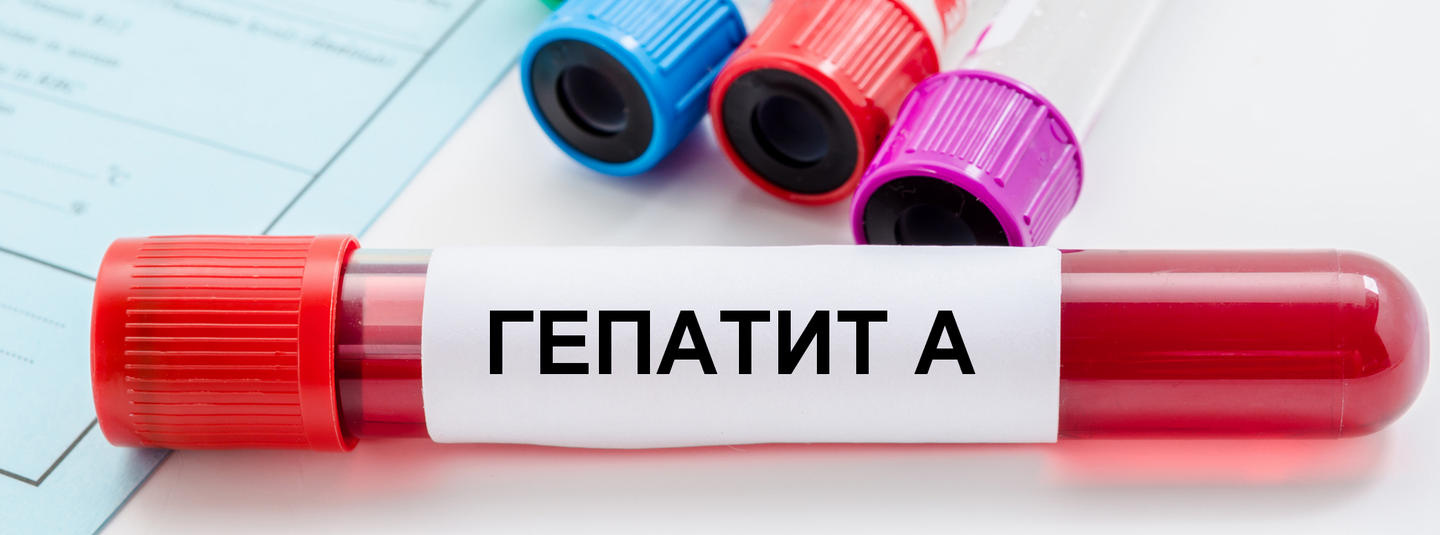Hepatitis A outbreak in Kyiv. What are the symptoms and how to protect yourself?
12 May 19:20
An outbreak of hepatitis A has been recorded in the Solomyansky district of Kyiv. 36 patients have already been reported.
This was reported by Valentyna Ginzburg, director of the Health Department of the Kyiv City State Administration, "Komersant Ukrainian" reports.
Currently, there are 36 patients in the city’s hospitals – 20 adults and 16 children. For comparison, there were 6 hospitalized at the beginning of March.
“Perhaps the number of 36 (infected – ed.) on the scale of Kyiv is not striking for everyone. However, experts emphasize that the upward trend is obvious and alarming,” said Valentina Ginzburg.
According to Serhiy Chumak, Director General of the Kyiv City Center for Disease Control and Prevention of the Ministry of Health of Ukraine, experts are currently conducting an epidemiological investigation and interviewing patients.
According to him, the incidence is classified as an outbreak when more than 5 cases are known. This is necessary to ensure that the disease does not spread and the source of the infection is identified.
“In the neighborhood where these people live and study, in addition to the centralized water supply, there are pump rooms and a lake in the park. So we are looking into all the reasons to exclude this source. Water was sampled from the water supply network’s pump rooms, and so far we have not found the hepatitis pathogen,” Chumak said.
It should be noted that the previous outbreak of hepatitis A was recorded in October 2023 in Vinnytsia region. At that time, an emergency was declared in the region and enhanced anti-epidemic measures were taken to localize the spread of the disease. Also in January 2024, 12 cases were registered in Volyn.
What do you need to know about hepatitis A?
It is a liver disease caused by a virus. Unlike hepatitis B and C, hepatitis A does not provoke the development of chronic liver disease and rarely ends in death. According to the World Health Organization, almost all people affected by hepatitis A make a full recovery and develop lifelong immunity to the disease.
Hepatitis A is most commonly transmitted through the fecal-oral route. That is, you can get hepatitis A through food or water contaminated with the feces of an infected person. According to the WHO, outbreaks of the disease when infection occurred through water are rare.
At home, hepatitis A is most often transmitted through dirty hands when an infected person prepares food for all family members. Therefore, hepatitis A is often called the “disease of dirty hands”. Hepatitis A virus can also be transmitted through close physical contact with an infected person.
Hepatitis A virus can survive for a long time in the environment. For example, in water – up to several months, and at room temperature – for a week. The virus is killed after only five minutes of boiling.
What are the symptoms?
The incubation period of hepatitis A usually lasts 14-28 days. The main symptoms include fever, loss of appetite, diarrhea, vomiting, darkening of the urine, jaundice, heaviness in the right hypochondrium, weakness, and fatigue.
It should also be remembered that a patient can infect others in the pre-jaundice period, when he or she is unaware of the disease. In addition, not all cases of hepatitis A are accompanied by jaundice, which is the most common symptom. Therefore, you should take into account any deterioration in your health and seek medical advice.
How can I protect myself?
In addition to following household rules and cleanliness, you can prevent infection by getting a vaccine. The vaccine against hepatitis A virus is not included in the National Vaccination Schedule, which means it is voluntary.
The hepatitis A vaccine is recommended for residents of villages near rivers that may overflow their boundaries or cause flooding. Both children and adults receive two doses of the vaccine, which is supposed to create lifelong immunity.









